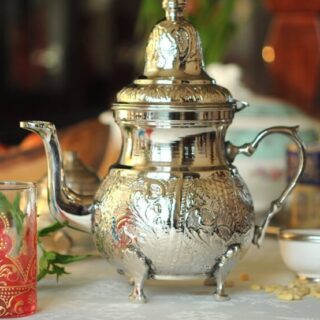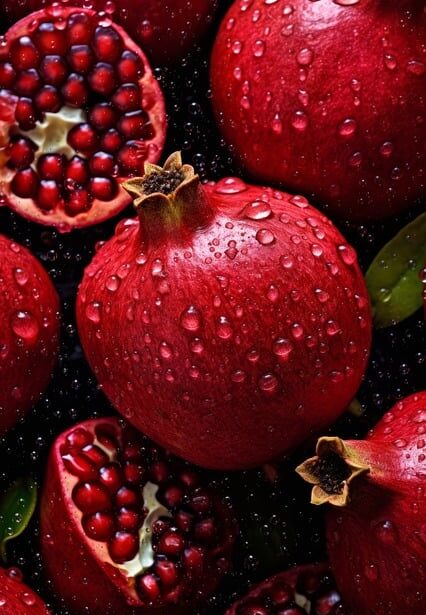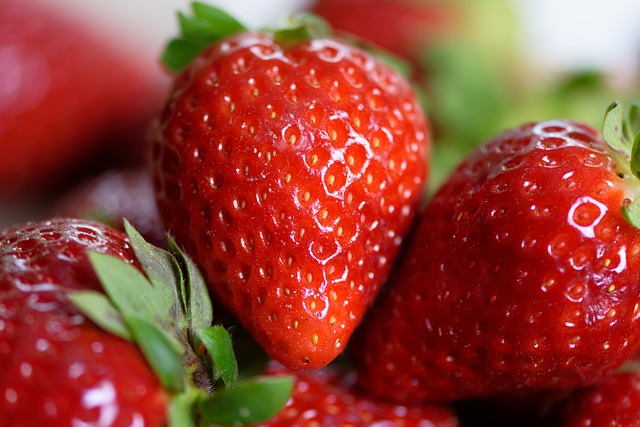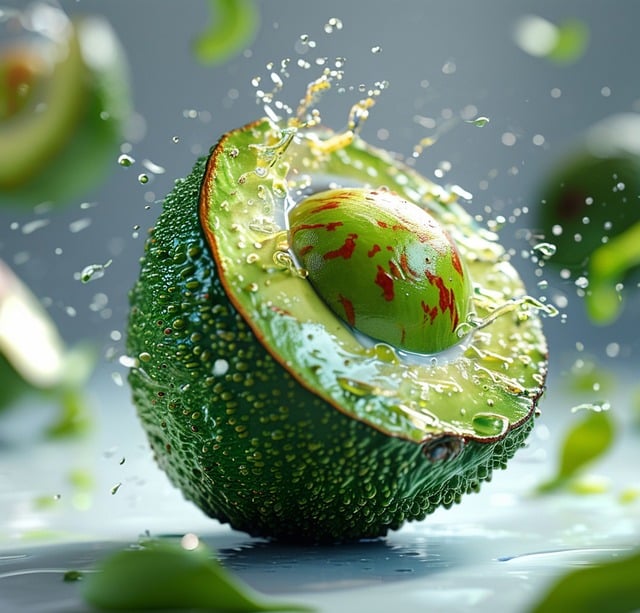Category
Our Best Sellers
-
 Cras viverra rhoncus
Rated 5.00 out of 584.00$
Cras viverra rhoncus
Rated 5.00 out of 584.00$ -
 Suspendisse volutpat massa
Rated 4.00 out of 539.00$
Suspendisse volutpat massa
Rated 4.00 out of 539.00$ -
 In fringilla felis non nulla porta rutrum
Rated 3.00 out of 5
In fringilla felis non nulla porta rutrum
Rated 3.00 out of 578.00$Original price was: 78.00$.65.00$Current price is: 65.00$. -
 Aliquam erat volutpat
Rated 2.00 out of 550.00$
Aliquam erat volutpat
Rated 2.00 out of 550.00$ -
 Suspendisse gravida lacus varius
Rated 1.00 out of 5
Suspendisse gravida lacus varius
Rated 1.00 out of 533.00$Original price was: 33.00$.22.00$Current price is: 22.00$. -
 Théière marocaine artisanale en argent
120.00$
Théière marocaine artisanale en argent
120.00$
-
 Cendrier Authentique et Décoratif
30.00$
Cendrier Authentique et Décoratif
30.00$
-
 Suspendisse vehicula at dui
56.00$
Suspendisse vehicula at dui
56.00$
-
 Aenean non pellentesque mauris
Aenean non pellentesque mauris
68.00$Original price was: 68.00$.55.00$Current price is: 55.00$. -
 Nulla feugiat felis tempor sem
61.00$
Nulla feugiat felis tempor sem
61.00$
Popular
-
 Théière marocaine artisanale en argent
120.00$
Théière marocaine artisanale en argent
120.00$
-
 Cendrier Authentique et Décoratif
30.00$
Cendrier Authentique et Décoratif
30.00$
-
 Aliquam erat volutpat
Rated 2.00 out of 550.00$
Aliquam erat volutpat
Rated 2.00 out of 550.00$ -
 Cras viverra rhoncus
Rated 5.00 out of 584.00$
Cras viverra rhoncus
Rated 5.00 out of 584.00$ -
 Suspendisse volutpat massa
Rated 4.00 out of 539.00$
Suspendisse volutpat massa
Rated 4.00 out of 539.00$


The pomegranate (Punica granatum) is a unique fruit that has captivated human societies for centuries, both for its exquisite flavor and its rich symbolism. Originating from the regions of the Mediterranean and the Middle East, the pomegranate has traversed cultures, making it a subject of mythology, art, and culinary delight. This essay explores the botany of the pomegranate, its historical significance, cultivation practices, ecological roles, and its diverse uses in contemporary society.
Botany of the Pomegranate
Taxonomy and Classification
The pomegranate belongs to the family Lythraceae, which includes several other flowering plants. The taxonomy of the pomegranate is as follows:
- Kingdom: Plantae
- Division: Angiosperms
- Class: Eudicots
- Order: Myrtales
- Family: Lythraceae
- Genus: Punica
- Species: P. granatum
The genus Punica includes only a few species, but P. granatum is by far the most well-known and widely cultivated.
Morphology
The pomegranate tree is a deciduous shrub or small tree that typically reaches heights of 5 to 10 meters (16 to 33 feet). The leaves are narrow, glossy, and dark green, providing a lush backdrop for the plant\’s vibrant flowers.
Flowers and Fruits
Pomegranate flowers are striking, with a tubular shape and a vibrant red to orange color. They are typically about 3 to 5 cm in diameter and are borne singly or in clusters. The flowers are hermaphroditic, containing both male and female reproductive organs, which facilitates self-pollination, although cross-pollination by bees can enhance fruit set.
The fruit itself is a round berry, typically 5 to 12 cm in diameter, with a thick, leathery skin that ranges from yellow-orange to deep red. Inside, the fruit contains numerous arils—juicy, seed-filled sacs that are the edible part of the pomegranate. Each fruit can contain hundreds of arils, and they are packed with antioxidants, vitamins, and minerals.
Growth Conditions
Pomegranates thrive in warm, dry climates and are well-adapted to arid environments. They prefer well-drained soils with a pH of 5.5 to 7.0 and can tolerate drought once established. The ideal temperature range for pomegranate growth is between 20°C and 30°C (68°F and 86°F).
Reproduction and Cultivation
Pomegranates can be propagated through seeds, cuttings, or by layering. While seed propagation can produce new cultivars, it may result in variability in fruit quality. Vegetative propagation, particularly through cuttings, is more common for maintaining desirable traits.
Pomegranate trees typically begin to bear fruit after 3 to 4 years, with peak production occurring between 5 and 15 years. The fruit is usually harvested in the fall, depending on the local climate and variety.
Historical Context
Origins and Domestication
Pomegranates are believed to have originated in the region extending from modern-day Iran to northern India. Archaeological evidence suggests that they have been cultivated since ancient times, with records dating back to around 3000 BCE. They were one of the first fruits to be cultivated by humans and spread to the Mediterranean through trade and exploration.
Cultural Significance
Throughout history, pomegranates have held profound symbolic meanings in various cultures. In ancient Egypt, they were associated with prosperity and fertility, often depicted in tomb paintings. The fruit is mentioned multiple times in religious texts, including the Bible, where it symbolizes abundance and the Promised Land.
In Greek mythology, the pomegranate is linked to Persephone, the goddess of spring and the underworld. Her consumption of pomegranate seeds resulted in her annual return to the underworld, symbolizing the seasonal cycle of life and death. In modern times, the pomegranate remains a symbol of fertility and abundance in many cultures, often used in weddings and festive occasions.
Ecological Role
Biodiversity and Habitat
Pomegranate trees contribute to the biodiversity of their ecosystems. They provide food and shelter for various species, including birds, insects, and small mammals. The flowers attract pollinators, such as bees, which are essential for the pollination of many flowering plants.
Pests and Diseases
Despite their resilience, pomegranate trees are susceptible to a range of pests and diseases. Common pests include the pomegranate butterfly, aphids, and fruit flies. Diseases such as leaf spot, root rot, and bacterial blight can also affect tree health. Integrated pest management (IPM) practices, including biological controls and cultural practices, are vital for sustainable pomegranate cultivation.
Uses of Pomegranate
Culinary Applications
Pomegranates are highly valued for their culinary versatility. The juicy arils can be eaten raw, juiced, or used as a garnish. They are commonly found in salads, desserts, and beverages. Pomegranate juice, in particular, has gained popularity for its refreshing taste and health benefits.
In Middle Eastern cuisine, pomegranate molasses—a thick syrup made from reduced pomegranate juice—is used to enhance flavor in various dishes. Its sweet-tart profile makes it a favorite ingredient in marinades, dressings, and dips.
Nutritional Value
Pomegranates are not only delicious but also packed with nutrients. They are an excellent source of vitamin C, vitamin K, potassium, and dietary fiber. Additionally, pomegranates are rich in antioxidants, particularly polyphenols, which have been linked to numerous health benefits, including anti-inflammatory effects and improved heart health.
Medicinal Uses
Historically, pomegranates have been used in traditional medicine for their health benefits. They have been associated with treating a variety of ailments, including digestive issues, inflammation, and cardiovascular diseases. Research suggests that the antioxidants in pomegranate may help lower blood pressure, reduce cholesterol levels, and improve overall heart health.
Essential Oils and Aromatherapy
Pomegranate essential oil, extracted from the seeds and peel, is used in aromatherapy and cosmetics for its potential anti-aging properties. The oil is believed to promote skin health and is often incorporated into lotions and creams.
Environmental Impact and Sustainability
The cultivation of pomegranates presents both opportunities and challenges in terms of sustainability. While they are well-suited to arid environments, unsustainable agricultural practices can lead to soil degradation and water resource depletion. Organic farming methods and agroforestry practices are increasingly being adopted to mitigate these issues.
Conclusion
The pomegranate is a remarkable fruit that encapsulates a rich history, diverse uses, and ecological significance. From its origins in ancient Persia to its status as a symbol of fertility and abundance, the pomegranate has left an indelible mark on human culture. Its unique botanical characteristics, health benefits, and culinary versatility make it a valuable addition to diets around the world.
As we navigate the challenges of modern agriculture and sustainability, the pomegranate stands out not only for its nutritional value but also for its role in promoting biodiversity and supporting ecosystem health. By fostering an appreciation for this extraordinary fruit, we can ensure its continued relevance in both our diets and our cultures for generations to come.
Written by hicham
Best offers
Join Risk Free
30 days refund
100% Safe
Secure Shopping
24x7 Support
Online 24 hours
Best Offers
Grab Now
Shipping worldwide
Delivery to all countries of the world.
Know Us

Neque viverra justo nec ultrices dui sapien eget. Gravida cum sociis natoque penatibus. Imperdiet proin fermentum leo vel orci porta non
Read MoreStore Updates



Product Showcase







